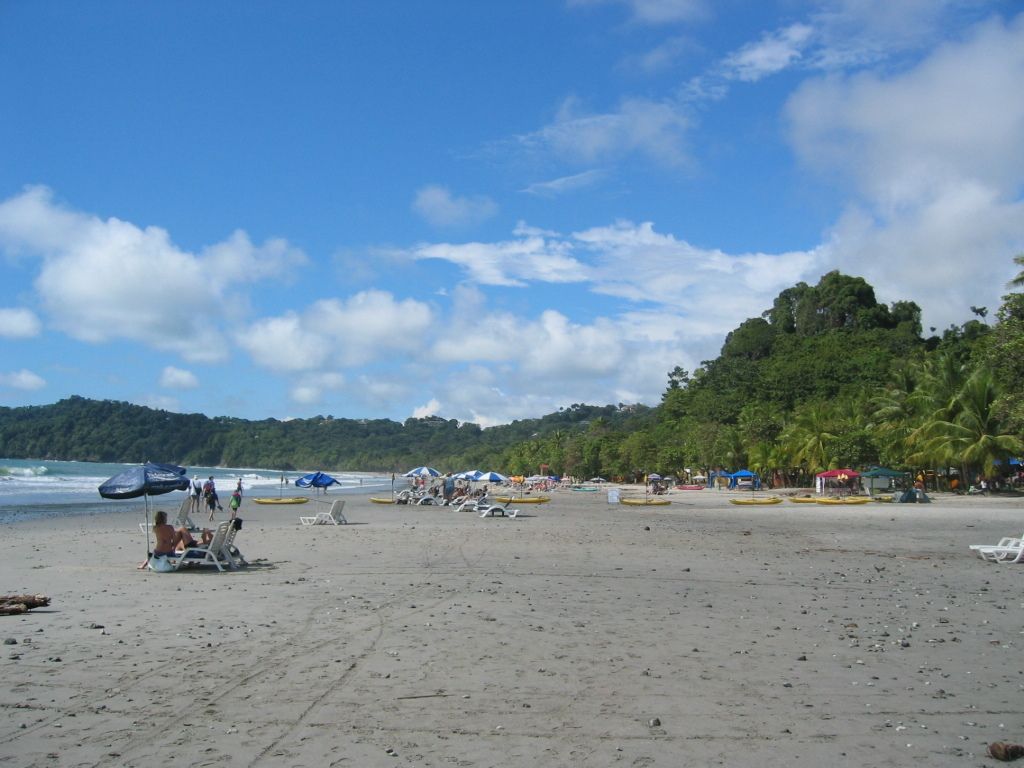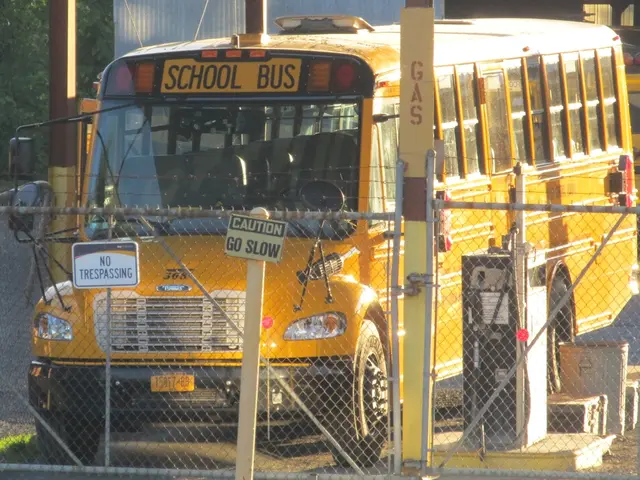Strategies for Affordable Travel Anywhere
Traveling on a budget doesn't have to be a daunting task. With some planning and savvy decisions, exploring the world becomes an attainable goal, regardless of your financial means. I've been fortunate enough to travel extensively across 75 countries, even though I never had limitless funds. The key is preparation, flexibility, and a keen eye for opportunities.
1. Plan Ahead (But Don't Book Just Yet)
Best for taking advantage of deals
At the initial stage of your trip planning, don't rush to make bookings. Instead, outline approximately where you wish to go and how you plan to travel. This way, you can keep an eye on deals from select airlines and gather intel from friends that might lead to changing your itinerary. By waiting before big ticket items are confirmed, you can take advantage of price drops and remain flexible to make cost-saving adjustments as you research.
Example: I've learned to Google track flights and grab a seat when prices drop below the average.
Why it works: Extra time allows for the best pricing and situations to surface.
2. Skip the Peak Season
Best for a crowd-free experience
Peak seasons don't always equate to the best times to visit a destination. Instead, opt for the shoulder seasons for a less crowded journey at a lower cost. Off-peak seasons might not be too bad either; for example, some "rainy seasons" last just an hour or two, with sunny skies the rest of the day. Speaking of weather, peak summer temperatures can be unbearably hot and humid.
Example: I prefer traveling to Japan in November, when the autumn leaves turn the landscapes golden. Cherry Blossom isn’t what it used to be.
Why it works: Businesses remain open after peak season, but charge far less due to a decrease in demand.
3. Stay in the Suburbs
Best for living like a local
Central locations are great, but you don’t necessarily need to stay in the heart of the city. Opt for suburban areas for a more authentic experience, taking advantage of lower prices from local businesses. Most suburban accommodations come with their own kitchens and laundry facilities, allowing you to prepare meals and do your laundry, thereby reducing costs. I recommend using booking.com over Airbnb for a wider variety of accommodation types and flexibility.
Example: I did a month-long stay in Costa Rica off-peak for around 30% less than the usual rate.
Why it works: Living in the suburbs allows you to enjoy a more affordable commuting experience compared to living in the city.
4. Travel with a Companion
Best for sharing the journey
Why travel solo and pay the same price as traveling as a pair (also known as the "single supplement")? By traveling with a loved one, you can cut costs in half. Not only is it cheaper, but sharing the journey can enrich your travels when in company. Even if you’re traveling solo, pairing with another soloist on excursions, taxis, and meals can save both of you money. Don't be shy; say hello and suggest joining forces.
Example: I've traveled Southeast Asia on two separate extended occasions. Traveling with a partner was significantly cheaper than traveling alone, and best of all, I didn't have to stay in hostels.
Why it works: If you’re heading in the same direction or planning on the same activities as someone else, it makes sense to share the cost.
5. Dine Where the Locals Do
Best for authentic cuisine
Grannies always seem to know the best places to eat. Follow the lead of gray-haired old ladies in Southeast Asia, Eastern Europe, and Latin America to discover hidden hole-in-the-wall eateries serving authentic local fare at a bargain price. These restaurants might not be on any listicle or popular social media account, but trust a local grandmother, and you'll be rewarded with delicious and inexpensive meals.
Example: I found incredible Bulgogi and Kimchi-guksu in Seoul, South Korea, for a fraction of the viral price, all thanks to the guidance of a local grandmother.
Why it works: Businesses rip off influencers, not grannies.
6. Ask for To-Go Boxes at Breakfast
Best for day trip lunches
If breakfast is included in the room rate, make the most of it and load up. If you’re on a day excursion and there are no dining options nearby, ask for a take-out box to bring the meal with you. Alternatively, try the Too Good To Go app, which partners with local hotels to sell leftover breakfast items for as little as $5.
Example: To save time on an early excursion, I asked for a breakfast box in Iceland and enjoyed the meal come lunch after taking a nap on the coach.
Why it works: A $10 gas station sandwich will never compare to a hotel's $1 breakfast buffet.
7. Make the Most of Your Carry-On
Best for traveling light
Avoid checked baggage fees by sticking to a carry-on for your travels, especially if you have laundry facilities at your destination. Choose neutral colors and wear versatile shoes. The added bonus is that you don't have to wait for luggage upon arrival, and there's no chance of it getting lost, as it’s with you the entire journey.
Example: I traveled Eastern Europe for three weeks with only a carry-on, and it was no problem.
Why it works: Fees for checked baggage can quickly add up, especially on multi-leg flights.
8. Prioritize Public Transport
Best for exploring and traveling between big cities
Taxis, rideshares, and rental cars can easily eat up your travel budget. In most developed cities, public transportation is fast, reliable, and inexpensive. Plus, with Google Maps, you don't have to rely on asking for directions. Read up on using public transportation to get from the airport to your accommodations and city exploring. Utilize public transportation for long distance travels between cities as well.
Example: I follow the locals' lead by using public transportation, making it my mode of transport when available.
Why it works: In most cases, public transportation costs a fraction of a car journey.
- Adopt a 'Home-and-Garden' Mindset for Sustainable Living Best for eco-friendly travel
Make your journey carbon-neutral by implementing eco-friendly practices while traveling. Bring a reusable water bottle, pack a reusable shopping bag, and choose accommodation that promotes sustainable living. Opt for local shops over large chain stores, and consider offsetting your carbon footprint through organizations like Carbonfund.org.
Example: By bringing my own bag to the market in Bangkok, I reduced my disposable plastic waste significantly.
Why it works: Sustainable traveling not only helps the environment but also supports local businesses and promotes a responsible attitude towards the destinations we visit.
- Sign Up for Lifestyle and Budget-Travel Discounts Best for constant savings
Stay informed on the latest deals by subscribing to travel newsletters, following travel influencers on social media, and joining home-and-garden and sustainable-living communities. This way, you can take advantage of discounts on travel gear, accommodations, and off-the-beaten-path destinations, making budget travel more accessible than ever.
Example: I recently saved 20% on a hammock just by signing up for REI's newsletter, perfect for my upcoming beach holiday.
Why it works: Coupons, discounts, and special offers can help shave significant costs off your travel budget.









